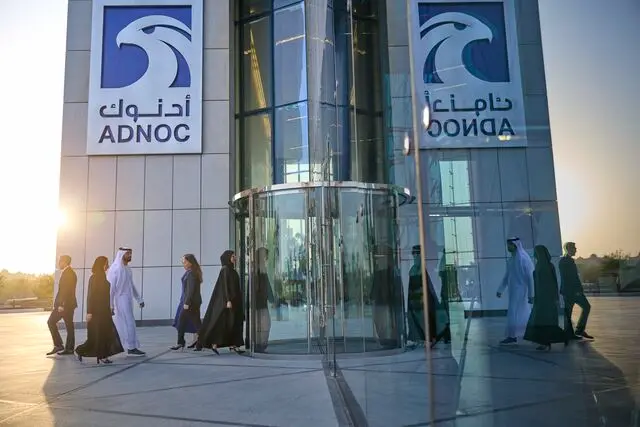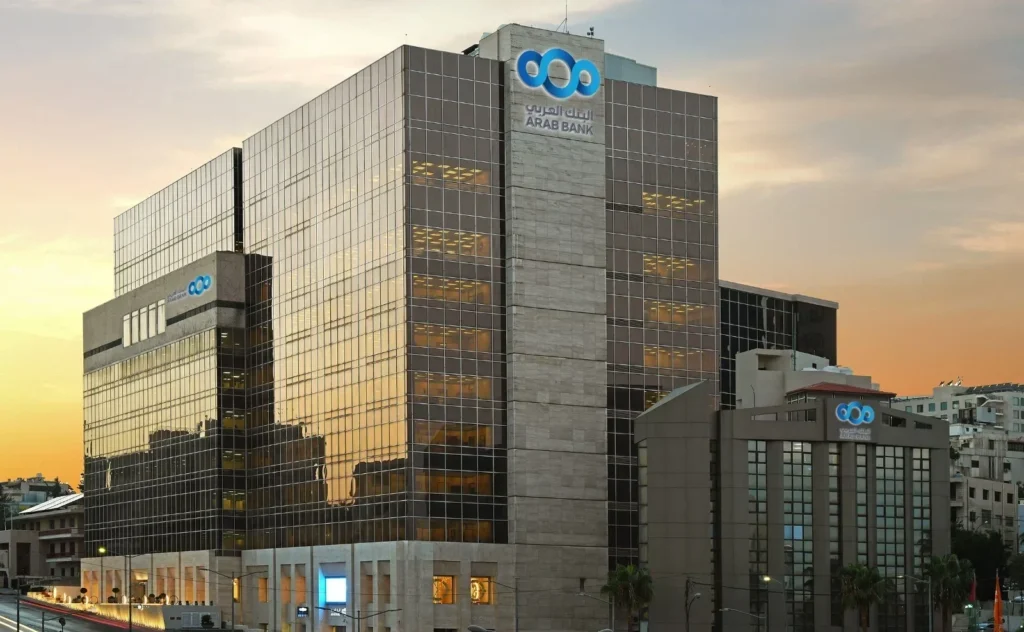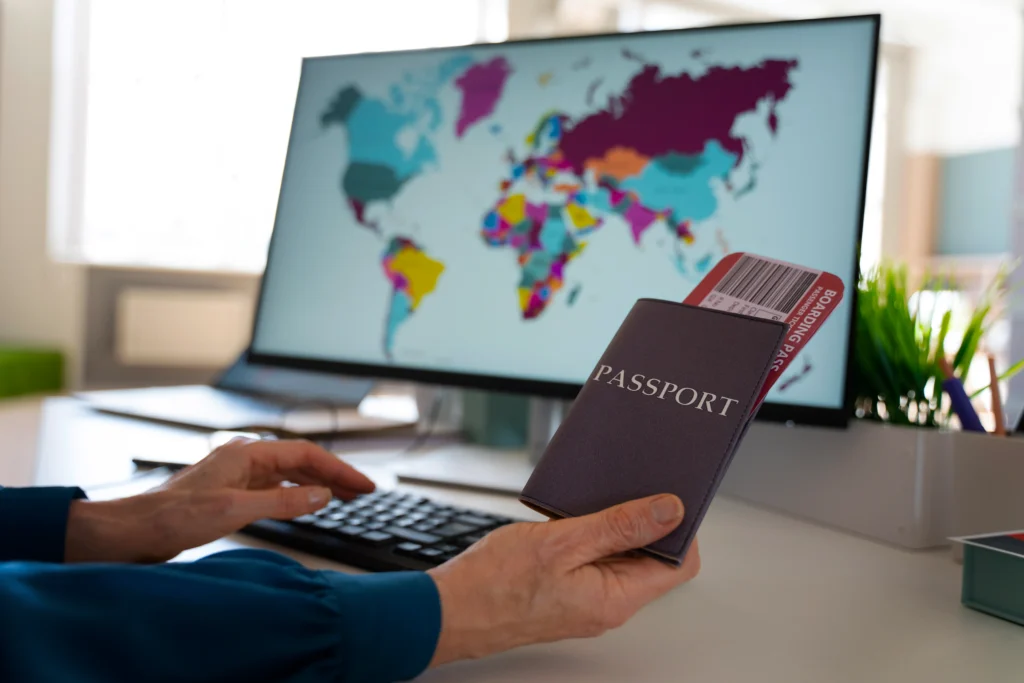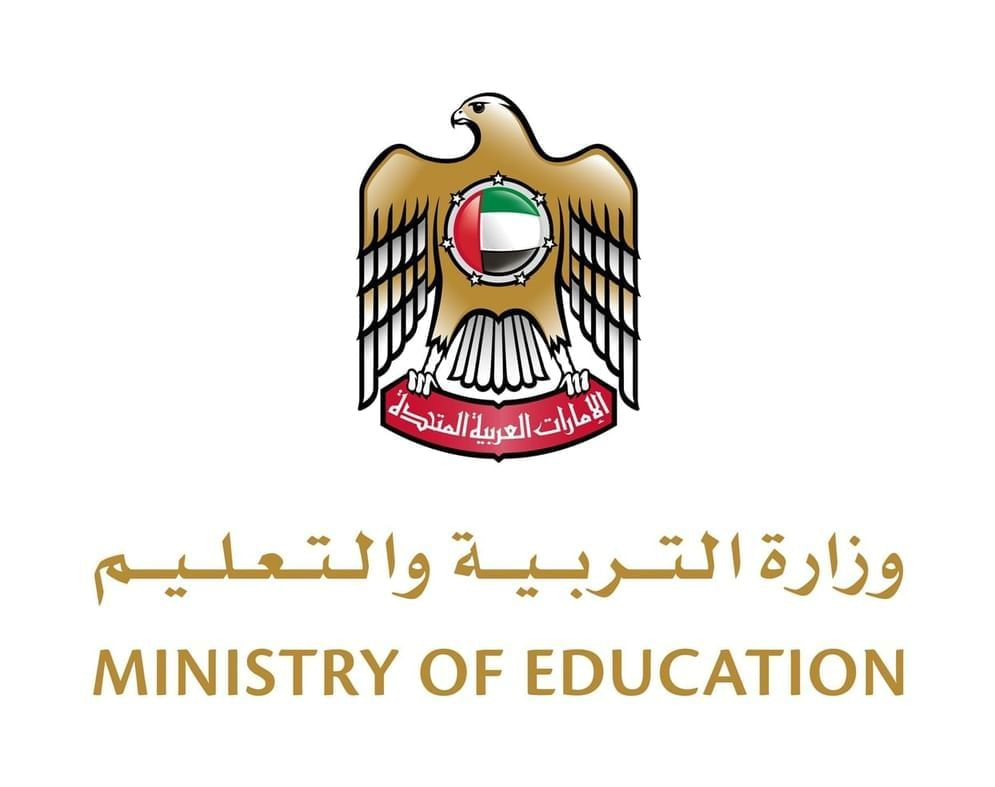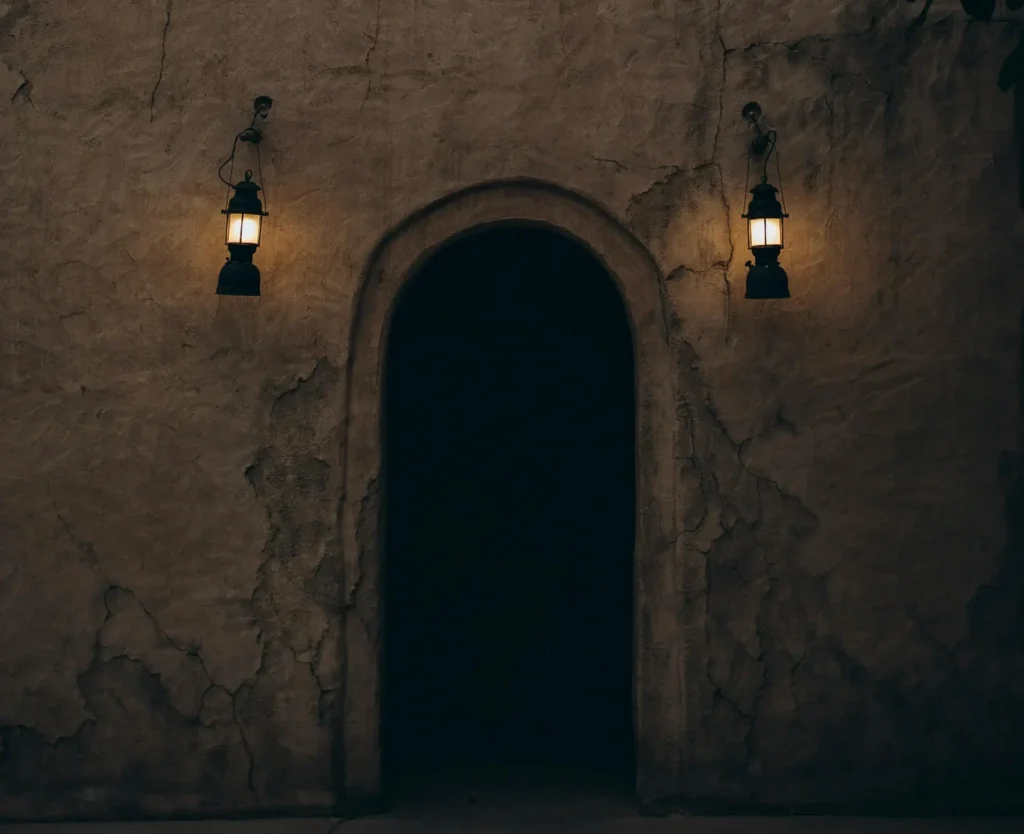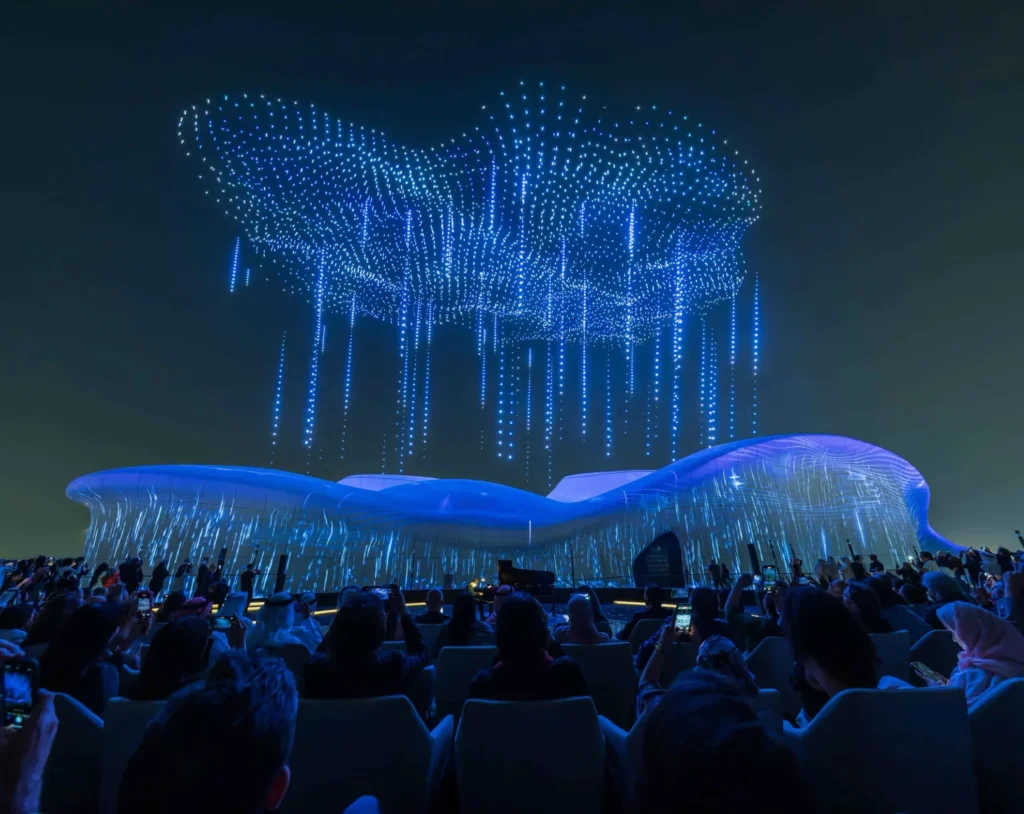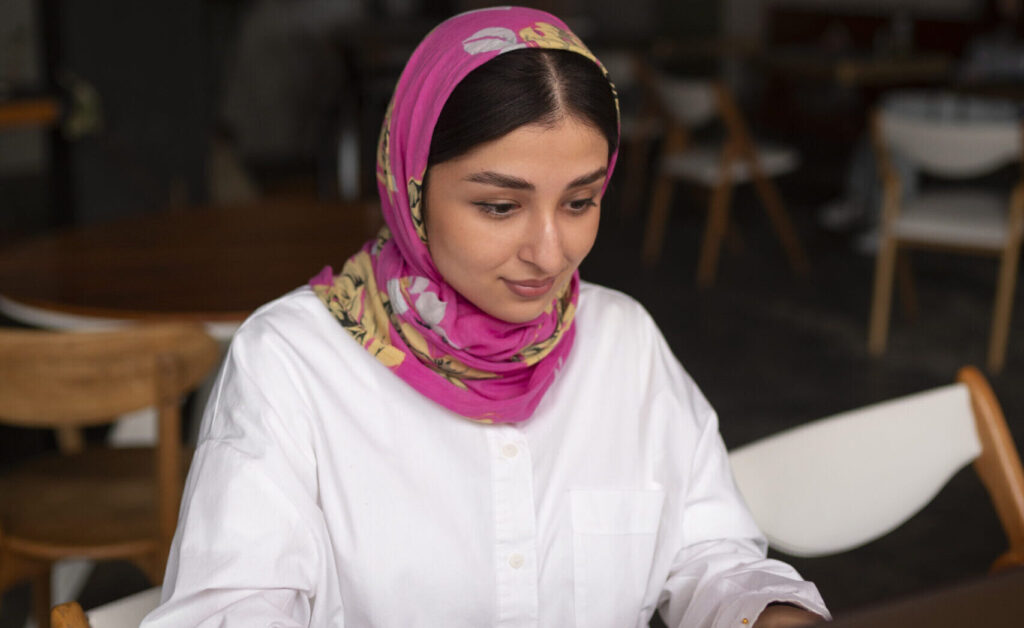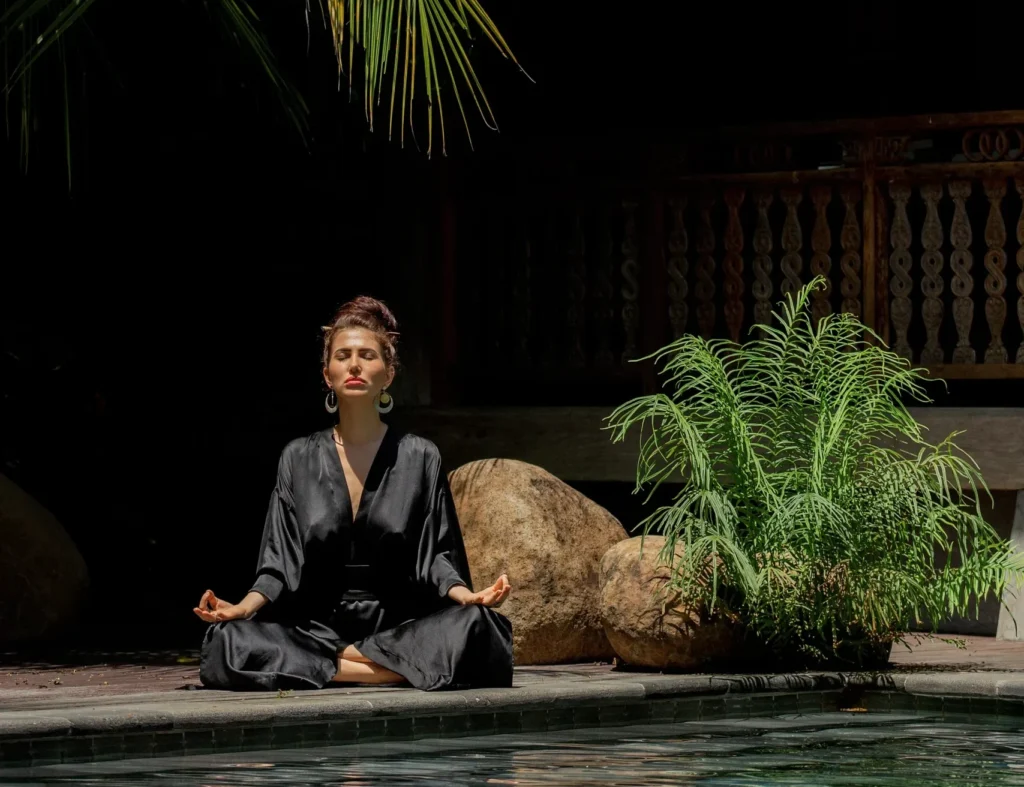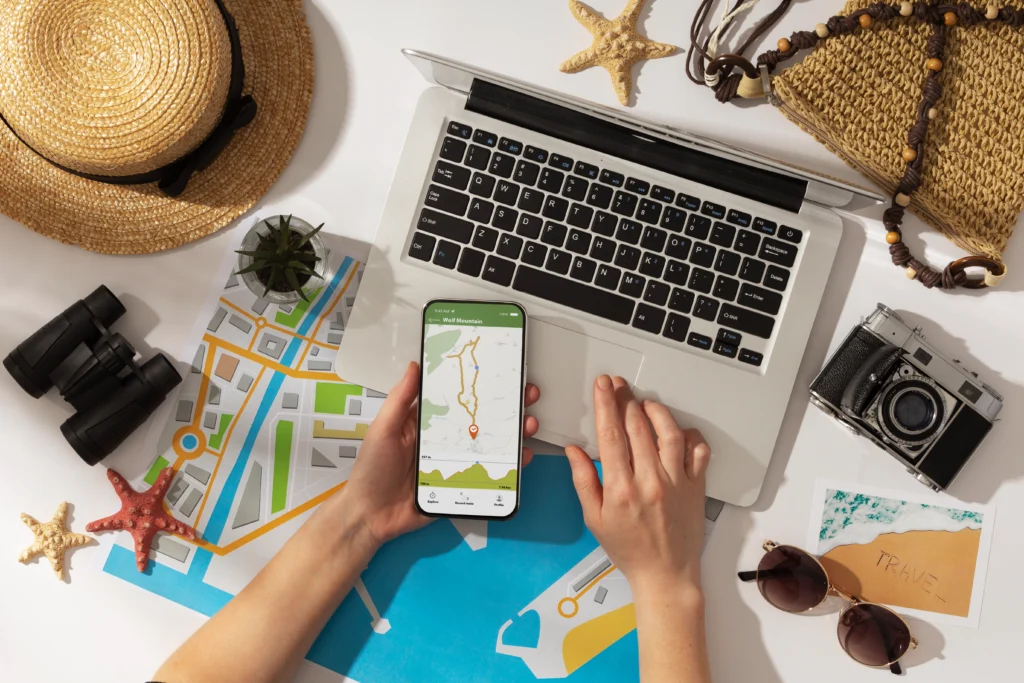Exclusive Interview with Maya Nassar Maalouf
Exclusive Interview with Maya Nassar Maalouf Ms Fitness Universe 2025 | International Fitness Model | Virgin Radio Host | Founder of Start Living Right By Hafsa Qadeer Maya Nassar Maalouf, crowned Ms Fitness Universe 2025 in Las Vegas, is more than a global champion, she is a pioneer in Arab fitness, a successful entrepreneur, and a powerful voice on the airwaves. As a mother of four, international athlete, and media personality, her journey continues to inspire a generation of women across the Middle East and beyond. Having lived in the United States, Nigeria, England, and Lebanon, Maya’s outlook on fitness and discipline has been deeply shaped by her global experiences. Each culture brought a unique philosophy toward health and lifestyle, broadening her understanding of fitness beyond physical appearance. The variety of environments taught her how to adapt, remain motivated, and stay disciplined no matter the circumstances. Her fitness journey began in 2010 during a time of personal challenge, which sparked a desire for transformation. What started as a personal goal soon turned into a passionate pursuit of bodybuilding. Through this process, she discovered not just physical strength, but deep mental resilience. Competing was a natural next step, allowing her to push her limits and redefine her sense of self. A defining moment came when she became the first Lebanese athlete officially endorsed by the government to compete in an international bodybuilding event. That endorsement represented more than personal recognition, it marked a breakthrough for Lebanese women in sport. It was a proud, symbolic moment, signalling to women across the region that they, too, could claim space on global athletic stages. Winning first place at the 2014 Pure Elite UK Championships was a pivotal achievement that validated years of dedication and sacrifice. It established Maya’s credibility in the international fitness community and opened the door to further success. Most recently, she added another crowning glory to her career, being named Ms Fitness Universe 2025 in Las Vegas. That moment was especially meaningful, a culmination of years of commitment achieved while raising four children. Her platform, Start Living Right, was born out of a desire to empower others. The goal was to make fitness accessible and enjoyable, offering structured resources and expert guidance. Today, it stands as one of the region’s top-ranked fitness apps, with official endorsement from the Ministry of Youth and Sports. The app’s success is a testament to its positive impact on the community and the growing appetite for credible wellness solutions in the Arab world. Transitioning from athlete to entrepreneur was not without its challenges. Navigating the business world required Maya to learn about operations, marketing, and finance, territories she hadn’t explored as a competitor. Running a business meant shifting her mindset and embracing continuous growth, all while staying connected to her roots in fitness. Balancing that with motherhood and media responsibilities has been demanding, but rewarding. Maintaining personal motivation and consistency amidst so many commitments comes down to prioritisation. Maya treats her workouts like any essential meeting and sets realistic, achievable goals. Finding joy in the process has helped her stay grounded and committed to her own wellbeing, even when time is scarce. Media has played a vital role in expanding Maya’s platform. Her features in publications such as Women’s Health, Oxygen Magazine, and Muscle & Fitness have helped reshape perceptions of Middle Eastern women in fitness. Through her visibility, she continues to challenge outdated stereotypes, showcasing the strength, capability, and ambition of Arab women. Her work in broadcasting, most notably as a radio host on Virgin Radio, gives her the opportunity to reach an even wider audience. Through on-air discussions and community engagement, she spreads awareness about health and wellness in a way that’s both relatable and inspiring. Media, in this context, becomes a catalyst for cultural change, encouraging people across the Arab world to adopt healthier lifestyles. As Maya continues to grow and evolve, her ambitions remain rooted in impact. She is exploring new business ventures and community-based wellness initiatives designed to reach more people, particularly women seeking empowerment through health. Personal development remains a constant focus, as she seeks to refine her leadership skills and continue inspiring others to pursue their own journeys toward balance, fitness, and self-belief. Maya Nassar Maalouf’s journey is not just a story of success, but of transformation, leadership, and purpose. She continues to inspire, not only through her achievements, but through her unwavering commitment to helping others start living right.


